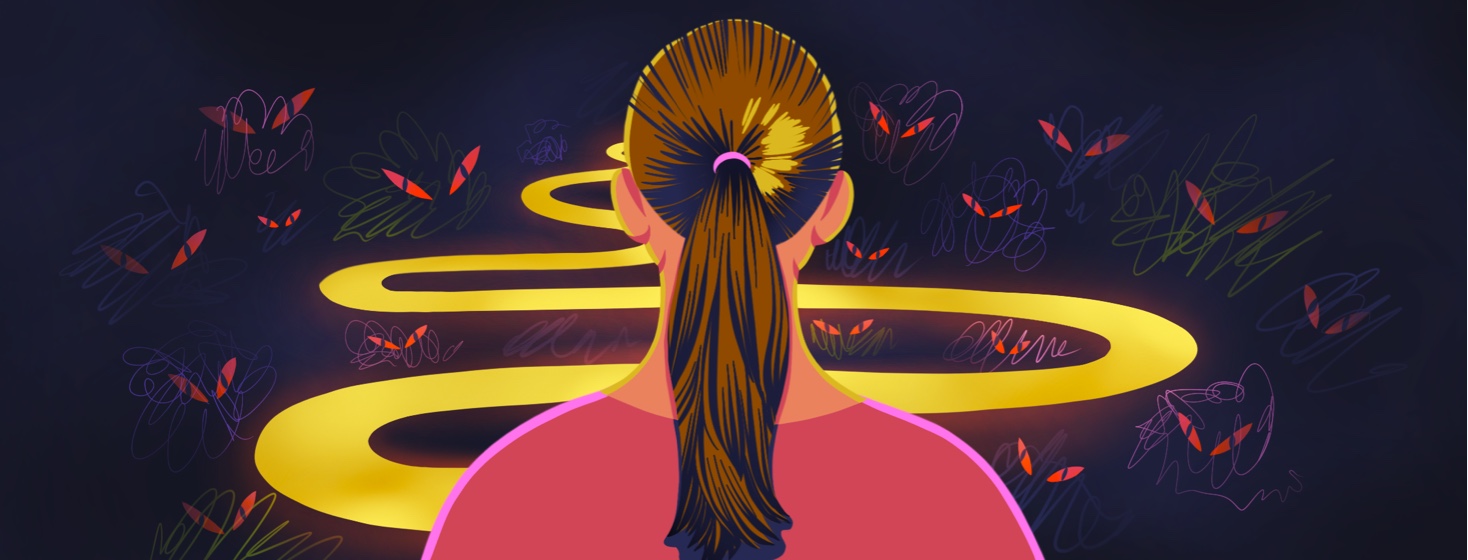3 Fears of Taking Diabetes Shots
Insulin and some non-insulin diabetes medications (GLP-1s) are shots you give yourself many times a day, once a day, or every week. In my experience as a Certified Diabetes Care and Education Specialist (CDCES), worry or fear is common when someone finds out shots will be a new part of their treatment.
So, if you're afraid, you're not alone! Although fear happens for many reasons, I've found a fear of needles, pain, or failure is most common among clients.
1. Fear of needles
While being scared of needles or shots (needle phobia) IS real, I've found a true needle phobia in my work to be pretty rare. According to a 2019 research review, 20-30 percent of young adults have needle phobia.
However, that paper also showed needle fear gets less and less as you get older. Often, Certified Diabetes Care and Education Specialists have support and tools that can help you work through needle fears.1
2. Fear of pain
When people think of shots, they think of a BIG needle. They may remember times they went to a lab, hospital, or doctor's office where a vaccine or blood draw caused pain. When I show an insulin pen needle to clients, many people are surprised by the size. The most miniature version of a needle is called a "nanoneedle." The needle itself is very short and thin. It's also lubricated, which means it goes into and out of your skin more smoothly.
Will it hurt?
Seeing the needle and talking through the process of injecting medication doesn't completely calm everyone's nerves. Many people still worry if the actual act of giving the shot will hurt.
Usually, it will not hurt. It's unusual to have pain when administering insulin or GLP-1 shots. If you're having pain when you're giving your diabetes medications, ask for a referral to a CDCES, and they can help you pinpoint what the issue is and how to fix it.
One major difference between GLP-1 or insulin shots and a flu shot or blood draw is how deep the needle goes in your body. A flu shot goes into your muscle. A blood draw is from a vein. Insulin and most GLP-1 shots only go into the fat layer closest to the top of your skin (also called subcutaneous tissue). That means there is often very little pain.2
The final act of practicing giving a shot is when I see people really start to relax. Afterward, most say, "Oh, that wasn't that bad!" or "It didn't even hurt!" or "I could barely feel it!"
3. Fear of failure
In my experience, this fear of failure happens more with insulin. Too often, I've seen insulin presented falsely as a "last resort" treatment option. People have told me they felt threatened with insulin, saying, "My doctor said if I can't get my blood sugars down, I have to start insulin."
Insulin is not a punishment
Insulin isn't a punishment. Insulin is an important tool to help manage diabetes just like other diabetes medications and good health habits. In addition, medical providers often believe the first 2 fears (needles and pain) are why people with diabetes put off taking shots. In reality, people with diabetes struggle more with not understanding how serious their diabetes is or fear of always needing insulin.3
This disconnect means providers and healthcare professionals need to do better about helping people with diabetes talk through their worries and concerns. You can help by asking questions and telling us your concerns with starting shots for diabetes treatment.

Join the conversation